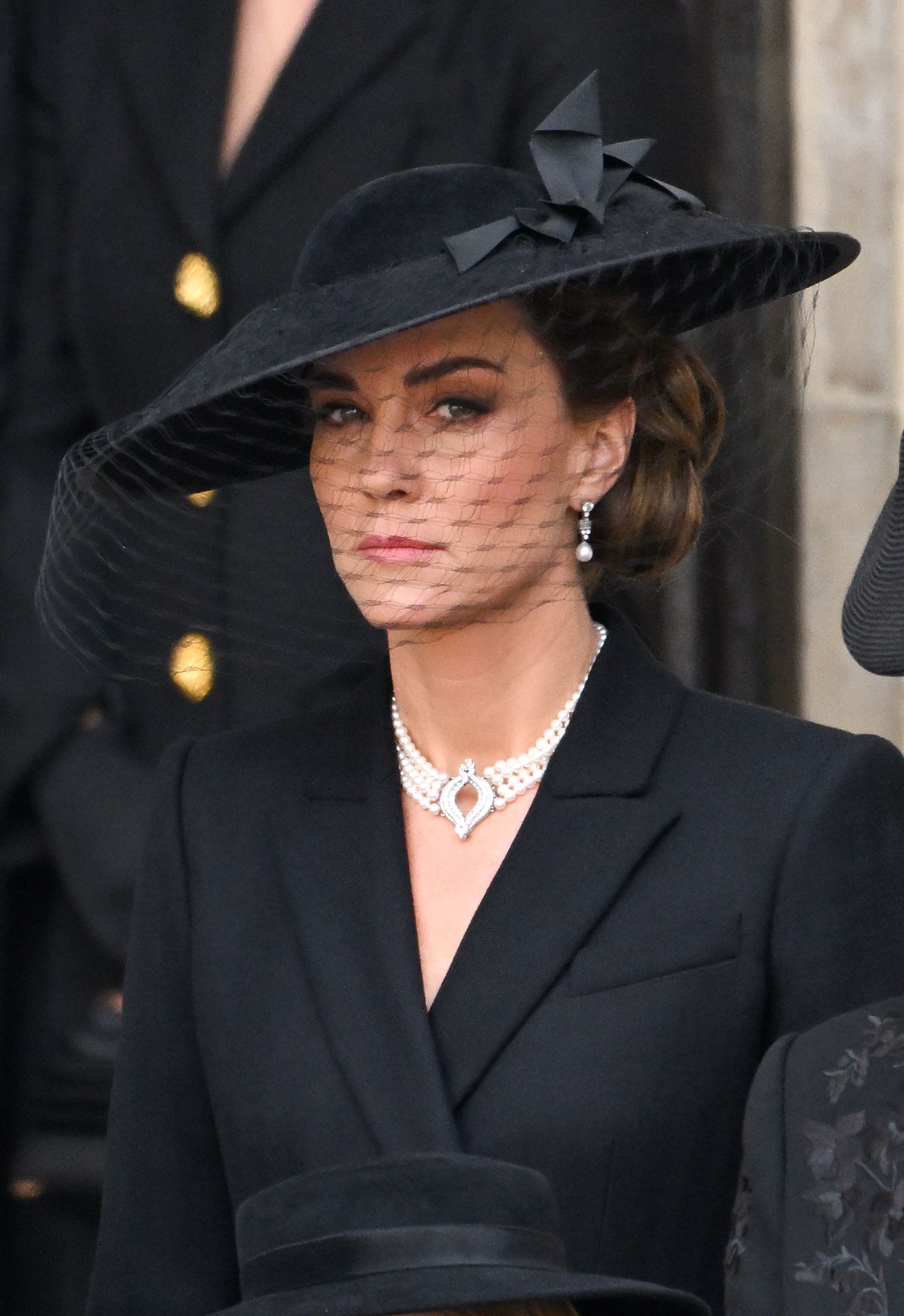The British royal family is currently navigating a period of significant transformation, both in how they present themselves to the public and within their internal dynamics.
As the world observes, key figures like Princess Catherine, Prince William, Princess Anne, and King Charles are redefining their roles in a monarchy that is adapting to modern expectations.
One of the most notable shifts has been the royal family’s move towards prioritizing personal engagement over traditional ceremonial duties.
For Princess Catherine, these public appearances have taken on a more intimate tone.
Although her engagements are fewer compared to other royals, each seems carefully chosen to align with her passions and priorities.
A recent example was her heartfelt participation in a Holocaust Memorial Day ceremony, which showcased her emotional investment in meaningful causes.
At this event, Catherine was seen warmly reconnecting with old friends, some of whom she had photographed years ago for a significant anniversary.
The genuine emotions displayed during the reunion resonated with the public, contrasting sharply with the more formal, state-driven events typically associated with royal duties.
This more personal approach has become a hallmark of her engagements, emphasizing a desire for authentic connections.
Interestingly, Catherine’s participation in events has often been announced at the last minute, a strategic move by Kensington Palace.
This tactic helps mitigate media speculation, especially after last year’s intense rumors surrounding her health issues.
To avoid similar situations, the Palace now opts to confirm her engagements only when they are certain she can attend, reflecting a cautious but necessary approach.
Prince William is also adapting to the complexities of public life.
As the heir to the throne, he faces expectations to engage with the public while striving to maintain a degree of privacy.
Reports suggest that he has been taking a more behind-the-scenes role in charitable initiatives, allowing other royals to handle more visible responsibilities.
This gradual shift indicates a new approach to royal duties, balancing tradition with a modern sensibility.
Catherine’s evolving fashion sense mirrors these changes.
The public has long admired her style, which now incorporates sustainable practices.
By choosing to wear outfits multiple times and supporting eco-friendly brands, she resonates with younger generations who prioritize environmental consciousness.
Her wardrobe choices not only reflect her personal taste but also align with the monarchy’s effort to appear more relatable and contemporary.
King Charles has similarly championed sustainability in his fashion choices.
Recently spotted in a forty-year-old jacket, he embodies a blend of traditional royal style with modern sensibilities.
His preference for older clothing, now trendy among younger audiences, highlights a cultural shift toward valuing longevity and sustainability in fashion.
The shift in royal fashion extends to Prince William as well.
His recent casual attire, including a stylish shacket paired with trainers, marks a departure from the formal royal image.
This relaxed look appeals to a younger, fashion-savvy audience and helps soften the traditionally austere perception of the monarchy.
While some may have initially questioned this change, it is increasingly recognized as a positive evolution.
Princess Anne, known for her straightforward demeanor, has also adopted a more open approach in recent interviews.
Following a serious health scare last year, she candidly discussed her recovery and the importance of valuing each day.
Her resilience serves as an inspiring example of dedication, reinforcing the royal ethos of unwavering commitment to duty.
As the royal family embraces a new era with younger members stepping into prominent roles, discussions about retirement and duty are becoming more relevant.
Anne’s recent comments reflect a longstanding royal mentality that prioritizes duty over personal leisure.
However, as younger royals like William and Catherine recalibrate expectations, it raises questions about how the monarchy will evolve.
Fashion within the royal family transcends mere clothing; it symbolizes status and tradition.
The younger generation, particularly William and Catherine, is keenly aware of how their fashion choices communicate their values.
Their commitment to sustainable fashion and modern styles signifies a shift toward a more accessible monarchy.
The challenge remains for the royal family to maintain traditions while adapting to contemporary needs.
Public engagement is essential, as is their role as symbols of stability.
As William and Catherine refine their public personas, it’s clear that the monarchy is evolving, blending tradition with a fresh, modern image.
Looking ahead, the future of the British monarchy appears poised for transformation.
With a more relatable approach, the younger royals may secure a lasting place in the hearts of the public.
The journey of adaptation continues, and it will be fascinating to see how this new generation shapes the monarchy in the years to come.

